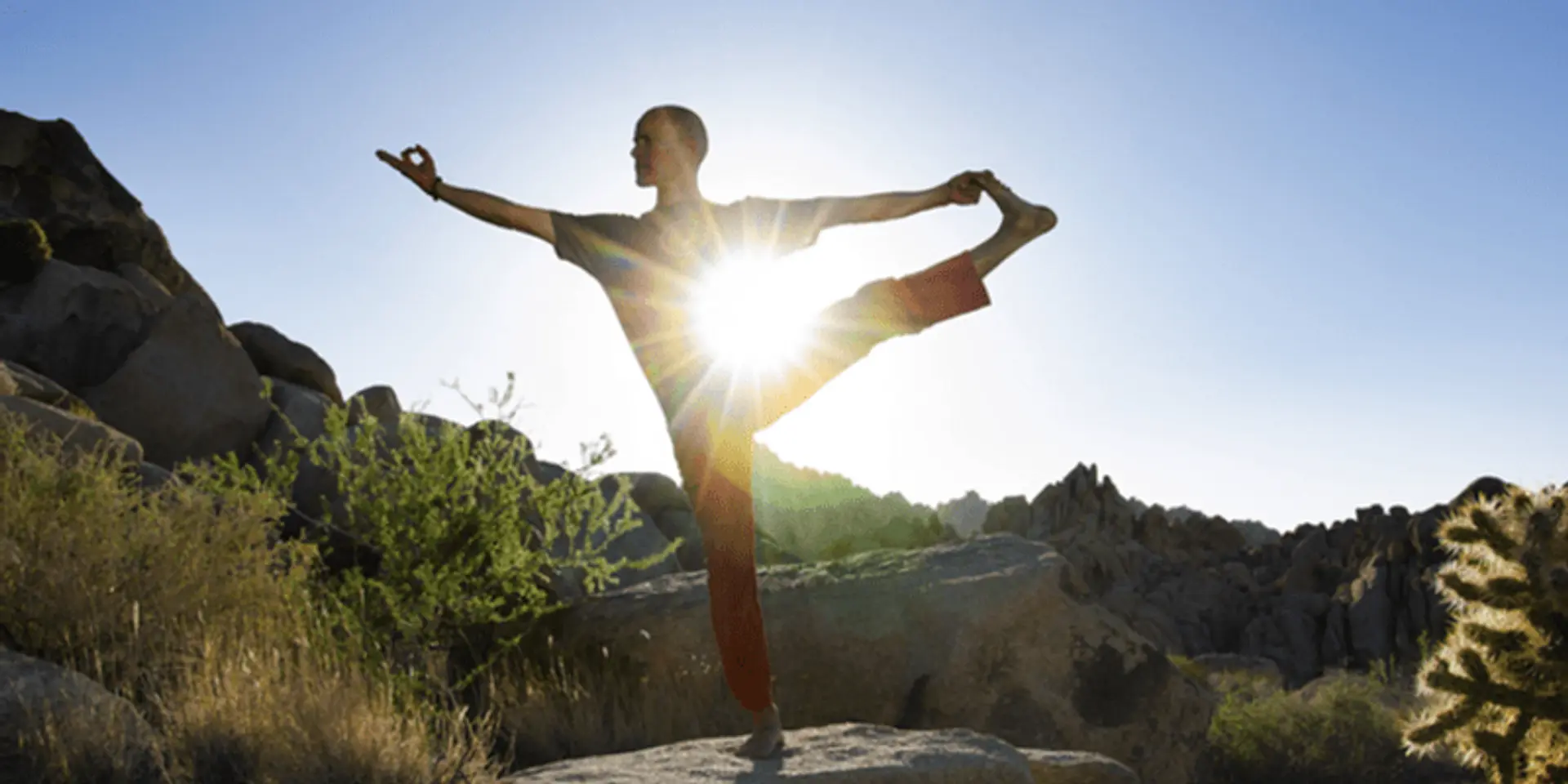International Yoga Day: Amid the pandemic, here’s how yoga can help support mental health
If you have been practising yoga regularly and still find yourself very restless and anxious, you may want to try a different approach and see how your mind feels.
On International Yoga Day, it’s a good idea to recall all the powerful ways in which yoga supports just about anything. We are now in challenging times. With so many people experiencing personal loss, financial stress, and feelings of isolation, what are the ways we can support our mental health? Well, yoga is definitely one.
Yoga is very diverse. Today, it has permeated every corner of the globe, bringing an aspect of dilution with that expansion.
Different body types may need different styles. If you are someone who is restless, anxious, and struggling with mental health symptoms, then popular styles such as power yoga may be unsuitable. What you might need is something that a practice style that is grounding, slow, serene, and where you retain poses, rather than keep moving vigorously from one to the other.
Yoga to support mental health
If you have been practising yoga regularly and still find yourself very restless and anxious, you may want to try a different approach and see how your mind feels. Here are some things to think about. You could also check in with your yoga teacher.
1. When it comes to mental health, there is a world of difference between a vigorous practice of 27 or 54 suryanamaskars done quickly versus just five done very slowly. Slowly does not mean that you do not get anything from it. Try practising one round over three or four minutes, moving slowly and focusing on the delicate details of each asana, and you will see how challenging it is physically. Yet, it will also allow your mind to become still and you will feel relaxed and calm at the end of your practice.
If you are always counting the number of rounds, I urge you to try this once and move out of your comfort zone. Your mind will thank you for it.
2. If you do not have challenges with high blood pressure or a detached retina, find someone who can help you add inversions like head stand and shoulder stand to your asana practice. Head stand allows you to drain lymph in individual organs within your body, restoring better circulation to them later. Oxygenation greatly improves and there is immense clarity in your mind post practising headstand. If you cannot find someone to do this, begin with a more passive shoulder stand. Inversions are a wonderful way to bring calmness.
3. Any spinal twist is a calming pose. You do not need complex asana, but a simple cross-legged pose where you twist to one side and hold it for a few minutes is more than enough. When you close your eyes in a spinal twist, imagine that you are gently wringing out the spine of stagnant blood flow. It is said that a spinal twist brings a fresh flow of blood to the entire nervous system, thereby restoring a feeling of calmness and being more grounded.

4. A common mistake that I see people doing with yoga is to add vigorous pranayama after watching a video or being guided by a practitioner who might not have adequate experience. If you are anxious and in a sympathetic dominant state, which is more of a fight-or-flight response, then you really do not need anything which is further activating.
Practising pranayama such as kapalbhati or bhastrika when you are already in a stress mode can be deeply detrimental.
I’ve seen people have a flare up of any symptoms, getting angry, feeling more anxiety and losing sleep. Subtle practices are immensely powerful to mental health. Including a simple practice like alternate nostril breathing or slow abdominal breathing can shift you into a parasympathetic mode where your body responds better to everything else.
5. Shavasana or yoga nidra are practices that we should all be adding during these stressful times. People have asked me and my husband often about skipping Shavasana. Not doing Shavasana at the end of your practice is like eating food and not having insulin. It allows the energy to permeate and flow throughout your body after a wonderfully curated practice. Skipping it is a way to dissipate the prana and lose the benefits of all that you included. It also allows your breath to slow down and deepen.
When your breath becomes longer, and the difference between your inhale and exhale is more, you have better resilience to stress.
Typically, your exhale should be about double the time of your inhale. Staying in Shavasana for 10 minutes lets your breath slow down. Did you know that lying on the ground is earthing and grounding, and helps you to release the damaging effects of all the EMF toxins that you are exposed to?
Embrace yoga the right way
With all the directions that yoga has moved recently, it is important to stay true to traditional teaching and methods. Look for practitioners with long-standing experience versus those who have vigorous practices and push you.
Your body type is unique. What you might be going through mentally may need something unique. It really depends on practising yoga the right way. Only then, can it make a profound difference to your mental health and balance.
Edited by Teja Lele







